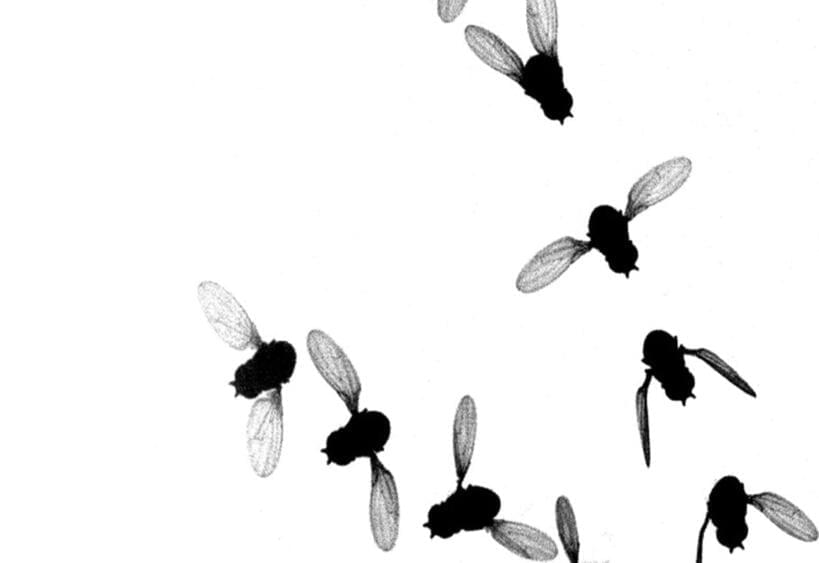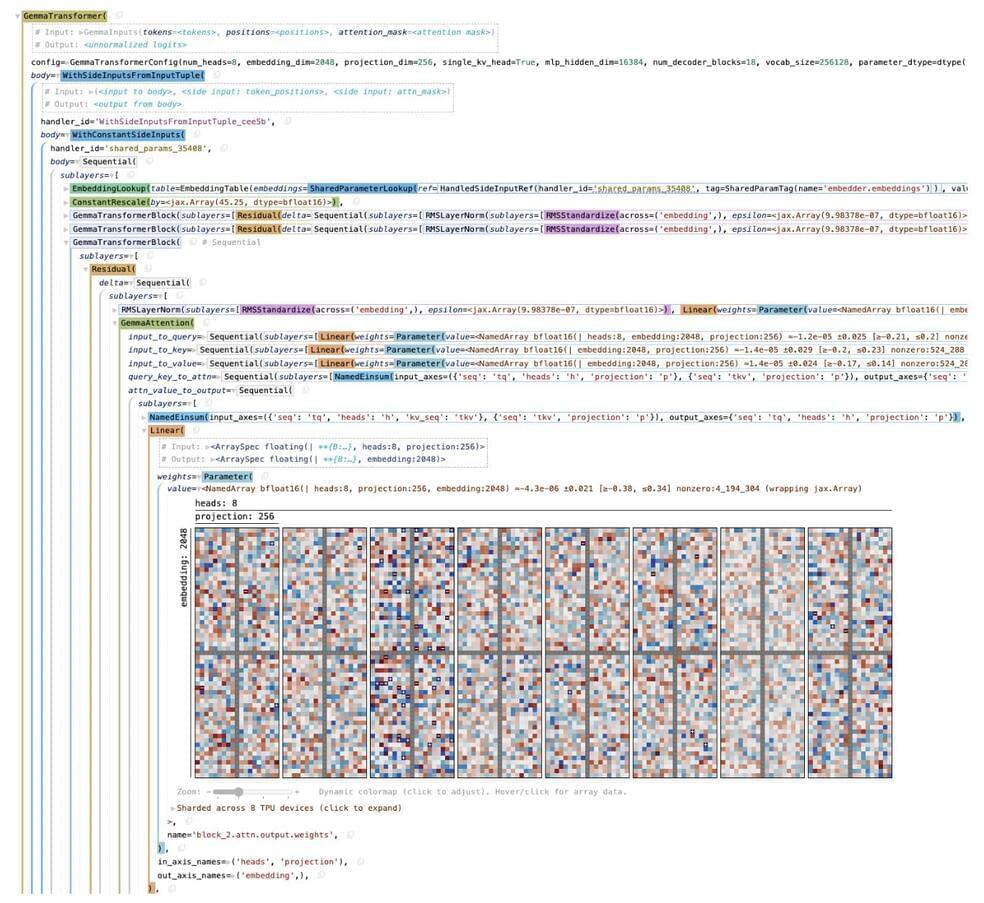
The Automotive in the Software-Driven Era community, part of the DRIVE-A initiative, has identified six key actions crucial for unlocking the full potential of smart road transport infrastructure and, with that, for reaping the potential benefits of the software-defined-vehicle ecosystem. These six actions are based on three principles, collaboration, innovation and efficiency:
Advancing smart infrastructure requires a collaborative effort among involved players. Figure 2, below, provides a collaboration framework and key collaborative areas. Public-private partnerships help build a robust, cohesive and inclusive smart infrastructure network.
Paul Farrell, EVP and Chief Strategy Officer of BorgWarner highlights some of the challenges and importance of such collaborations: “Collaboration around the infrastructure is very complex and multidisciplinary. It involves questions about who owns the data, who supplies the hardware, who installs it and who integrates it into holistic solutions. Yet, it is key to, for example, advance the EV charging infrastructure that the transition to electrification requires.”


















